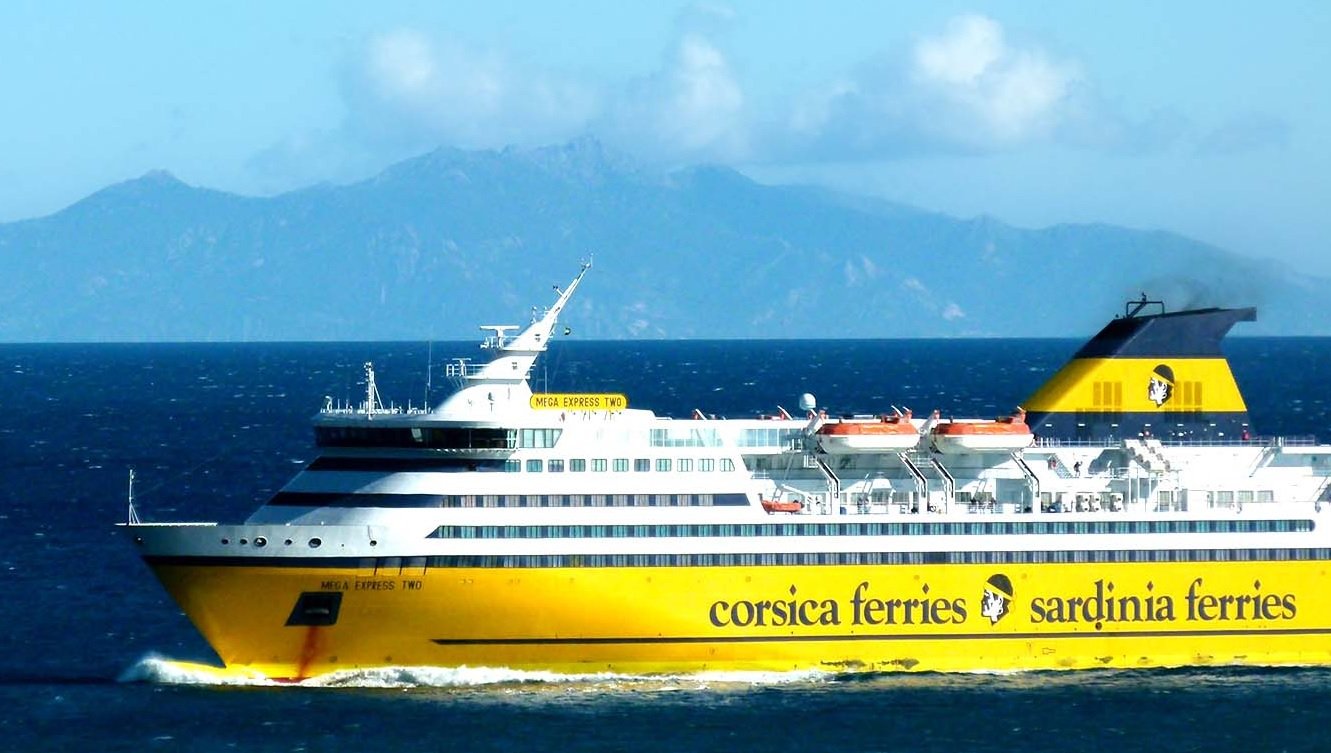The Mediterranean Emission Control Area officially launched today, May 1, under the MARPOL Annex of the International Maritime Organizations. Officials are hopeful that it will help to clean the Mediterranean region and contribute to the overall improvements already seen in air quality since the launch of the first ECA in the Baltic and the addition of three subsequent areas. The IMO has three additional areas slated to enter the program.
The effort to create an emission control area in the Mediterranean had been a priority for activists and was discussed over the past several years before it was adopted in 2021 at the UN’s Barcelona Convention and received an IMO designation in 2022. The IMO highlights the importance of the region in shipping noting that the Mediterranean is home to some of the busiest maritime routes in the world. The IMO says the Mediterranean supports 20 percent of seaborne trade. It estimates more than 17 percent of cruises and 24 percent of the worldwide fleet navigate in the Mediterranean.
Under the new requirements, ships must reduce the sulfur content in marine fuel to 0.1 percent from the global standard of 0.5 percent. The measures became mandatory as of May 1.
EU officials highlight data that shows sulfur oxide emissions in the EU decreased by approximately 70 percent since 2024. They credit it to the establishment of the ECA in Northern Europe. They however note that nitrogen oxide (NOx) emissions in the EU have increased by 10 percent between 2015 and 2023. The data however shows that NOx emissions specifically in the Mediterranean are up eight percent. The European Commission and Mediterranean states are reported to be currently discussing the next phase steps for the most effective means to reduce NOx emissions.
The first ECA was adopted in 1997 and entered into force in 2005 for the Baltic. Since then, the program has been expanded to include the North Sea, North America, and the Caribbean region around the U.S. territories of Puerto Rico and the Virgin Islands. The IMP says since the sulfur content limit was introduced in 2020, an overall 70 percent reduction in total sulfur oxide emissions from shipping has been achieved due to the 0.5 percent global standard for maritime fuels.
In 2024, the IMO designated two further ECAs for the Canadian Arctic and the Norwegian Sea. In April, during the MEPC meeting, the IMO also approved the Northeast Atlantic ECA. Its adoption is due to be finalized this year and to go into effect in 2027. It covers the areas near Greenland, the Faroe Islands, Iceland, and the U.K.






